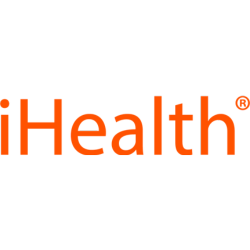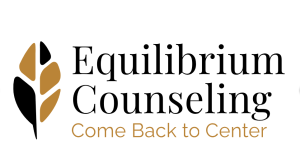LGBTQ+ is an abbreviation that stands for lesbian, gay, bisexual, transgender, queer, or questioning, among others. “Plus” represents other sexual identities such as pansexual, Two-Spirit, and intersexual. The first four letters of the abbreviation have been commonly used since the 1990s. However, recently, there has been an inclusion of other sexual identities to create a better inclusion.
History of the Abbreviation (LGBTQ+)
In the past years, the variety of sexual orientations and identities has been referred to as “the gay community” and later as “the gay and lesbian community.” However, the acronym has since changed to accommodate other sexual identities.
The question is, why does the abbreviation keep changing over time? The words and meaning keep evolving as time goes by, for example, according to Sigmund Freud, the word bisexual originally refers to an individual who identifies as a male and a female. In present days, identifying as both male and female is referred to as bigender, while bisexuality refers to a person who is sexually attracted to multiple or all genders.
What is the Meaning of Each Letter in LGBTQ+?
- L: The L in LGBTQ+ stands for lesbian. A lesbian is sexually attracted to fellow women. Some women however prefer the term “gay.”
- G: This stands for “gay.” In the past years, the term was used to describe men who were either attracted to men emotionally or sexually. Today, the term “gay” may be used to refer to any individual who is attracted to people of the same gender as they are.
- B: B stands for bisexual. Bisexual persons are sexually attracted to both males and females, or more than one gender identity.
- T: The T in LGBTQ+ refers to transgender people also known as trans. This refers to a person whose gender identity or expression does not conform with society’s expectation of their gender assigned at birth. Those who have already transitioned to the gender prefer to either use “male” or “female” instead of transgender.
- Q: The Q in LGBTQ+ stands for two identities. One is “queer” and the other is “questioning.” The word has been used as a discriminatory slur until recently when it was reclaimed by the LGBTQ+ community. Queer refers to individuals who are neither straight nor cisgender. Cisgender refers to people whose gender identity and expression conform with the sex they were assigned at birth.
- Q: This one stands for “questioning.” This is whereby an individual is questioning their sexual orientation, meaning they are not yet sure about their gender identities.
- +(Plus): The “plus” stands for other gender identities and sexual orientations that are not included in the five initials. For instance intersex, asexual, ally among others.
- Intersex: This refers to people who have biological traits that do not match those of females or males.
- Asexual: Also known as “ace”, it refers to people who do not have sexual desire or do not experience sexual attraction. Anyone can be asexual regardless of their gender identities.
- Ally: This refers to someone who is cisgender but is championing LGBTQ+ rights.
Why is “Plus” Important in LGBTQ+?
While LGBT or LGBTQ are commonly used, most advocates say that the “plus” is as important as the letters. The theme of the abbreviation is to represent those who are attracted to people of their own gender and transgender people. However, the “plus” is important since it captures gender identity and sexual orientation diversity.
Why Representation Matters
The LGBTQ+ abbreviation serves an important purpose. It is not only designed to be more inclusive but also represents identities such as transgender and those attracted to similar gender.
Inclusivity
The use of the abbreviation is intended to be an inclusive way of recognizing various gender identities and sexual orientations. The inclusivity of other identities to the LGBT abbreviation helps in recognizing and including them in a larger community.
Including other identities in LGBT abbreviation means that the individuals can gain recognition by society. Instead of shunning or ignoring marginalized identities, acknowledging them can help them feel a sense of belonging which can go a long way in ensuring their mental and physical wellness.
Visibility
An inclusive and affirmative environment is important for LGBTQ+ youth. Visibility can help build a greater sense of self-affirmation of one’s identity.
The research further suggests that despite safety concerns, the visibility of LGBTQ+ members is an important way to feel pride in their gender identities.
The Impact of LGBTQ+ Acronyms
LGBT and related abbreviations have become famous in recent years. It has also played a huge role in raising the visibility of marginalized gender identities.
However, although attitudes towards the LGBTQ+ community have changed and are being accepted in the community, there are still cases of homophobia and discrimination against these individuals.
The advantage of using inclusive terminology is the ability to political advocacy. Solidarity can help in increasing visibility and the fight against discrimination and marginalization.
Inclusive terms like LGBTQ+ can help individuals feel a sense of belonging to a larger community with similar experiences.
Challenges
While the goal of the LGBTQ+ term is to increase visibility and be inclusive, not all individuals agree on what term to use. There have been a lot of terms referring to the community including hurtful words.
Some people prefer using LGBT since they find it simpler. This makes other members who are not represented by the four letters feel left out, therefore, the addition of “Q” and ‘Plus” can be helpful.
However, this does not mean that this terminology will not evolve anymore. Individuals are working hard to ensure a better representation and inclusivity, therefore the terminology may keep on evolving.














